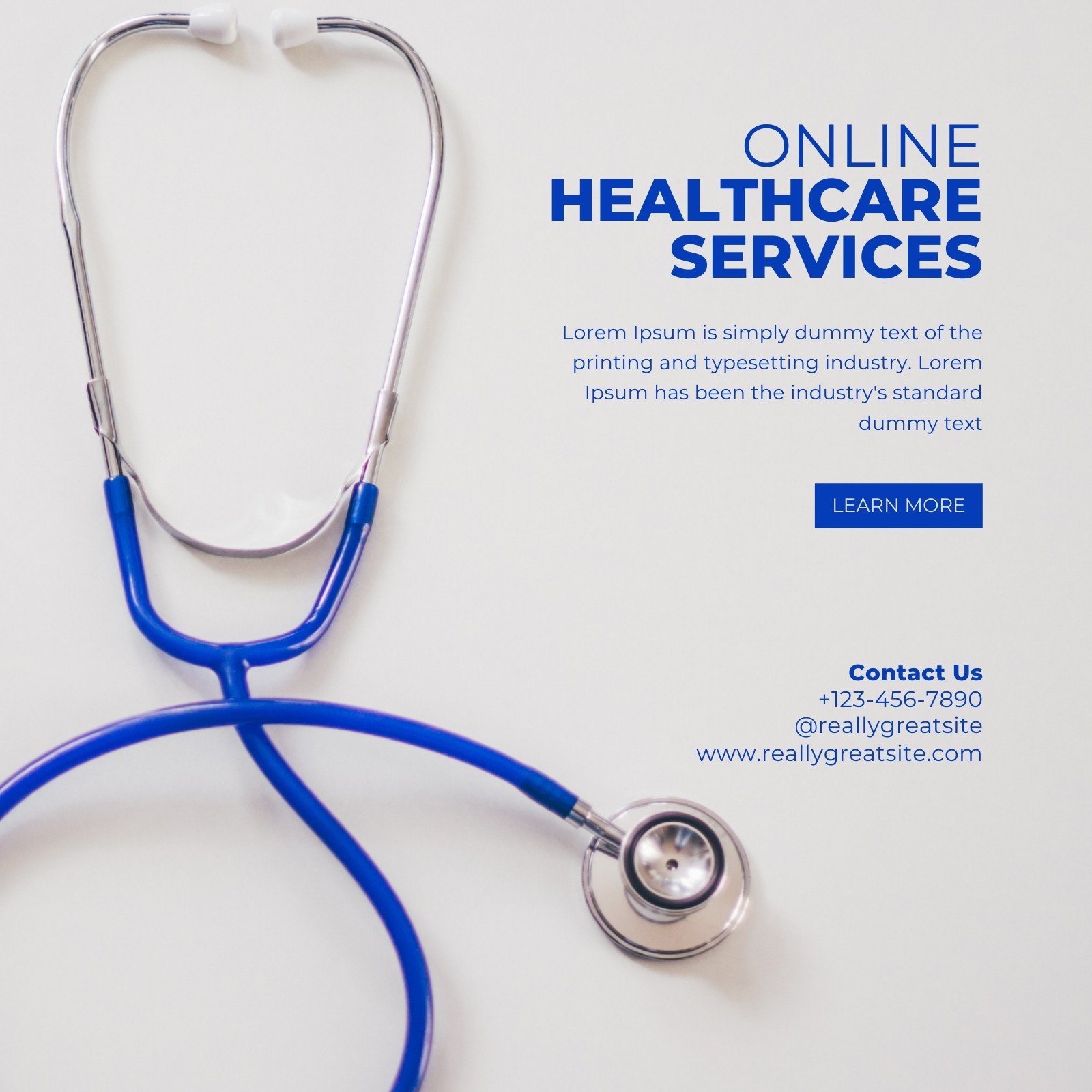How Subscription Based Healthcare is Revolutionizing Patient Access to Services
Wiki Article
Just How Subscription-Based Health Care Is Transforming the Clinical Industry

The Rise of Subscription Healthcare
In the last few years, the medical care sector has observed a significant shift towards subscription-based models, showing wider customer trends preferring benefit and predictability. This improvement is driven by the enhancing demand for even more obtainable and personalized care remedies. Membership health care, sometimes referred to as concierge medicine or direct health care, uses people a set regular monthly fee for an array of clinical solutions, substantially changing typical fee-for-service versions.The surge of membership medical care is facilitated by developments in modern technology, which enable streamlined communication between companies and individuals - subscription based healthcare. Digital platforms and telehealth services have actually become integral, supplying people the capability to schedule consultations, access medical records, and get assessments online. This technical integration not only enhances individual involvement yet likewise allows providers to provide much more efficient treatment
In addition, the subscription version straightens with the evolving expectations of people that look for even more control over their medical care expenditures and experiences. While this model is obtaining grip, its proliferation faces difficulties such as governing difficulties and the requirement for more comprehensive acceptance within the standard medical care environment.
Advantages for Suppliers and patients
Subscription-based healthcare uses a plethora of advantages for both companies and individuals, reshaping the characteristics of treatment. For people, this version supplies improved access to healthcare solutions. With a predictable month-to-month fee, patients can take pleasure in limitless consultations, minimized delay times, and personalized treatment. This plan frequently leads to a more proactive technique to health and wellness management, allowing for prompt treatments that can stop persistent conditions from escalating. Additionally, the financial transparency of subscription models lowers the changability related to conventional fee-for-service payment, easing the problem of unforeseen clinical expenses.For doctor, subscription-based versions cultivate a more gratifying and lasting practice. By securing a constant earnings stream, providers can focus on supplying top quality treatment without the pressure of volume-based service. This model encourages longer patient consultations, cultivating more powerful patient-provider relationships and improving health outcomes. Furthermore, it uses providers the versatility to innovate and incorporate precautionary and alternative treatment techniques. Management tasks are typically structured, reducing overhanging expenses and enabling providers to dedicate more time to patient interaction. Generally, subscription-based medical care lines up the incentives of carriers and clients, promoting a much more patient-centered and efficient healthcare distribution system.
Key Features of the Model
Frequently, the crucial features of the subscription-based healthcare model highlight its distinctive strategy to supplying medical solutions. Central to this model is the concept of foreseeable, regular monthly payments, offering clients an extensive variety of solutions without the changability of conventional fee-for-service frameworks. This model often consists of unlimited access to primary treatment services, precautionary treatment, and routine exams, making sure that patients can involve with their doctor proactively as opposed to reactively.
In addition, straight interaction networks, such as telemedicine and messaging platforms, are highlighted, enabling individuals to receive prompt advice and examinations without requiring in-person appointments. This improves accessibility and convenience, specifically for individuals with wheelchair restrictions or those residing in remote locations. The version also fosters stronger doctor-patient connections, as doctor are incentivized to focus on long-term health the original source and wellness end results instead of temporary visits.
Furthermore, subscription-based medical care usually incorporates technical developments, such as digital health documents and health monitoring applications, to offer tailored and reliable treatment. Individuals take advantage of collaborated and continuous treatment administration, which is customized to their certain health and wellness demands. Ultimately, these functions collectively create a patient-centered health care experience, focusing on accessibility, expense openness, and precautionary treatment.

Factors To Consider and difficulties
While the subscription-based healthcare version provides countless benefits, it is not without its factors to consider and obstacles. Membership models may unintentionally prefer those with greater socioeconomic standing, potentially expanding disparities in medical care gain access to for lower-income people that might struggle with regular monthly charges.Another difficulty lies in regulatory conformity. Subscription-based health care should navigate a complicated web of guidelines that differ by area, including concerns around individual discretion, data security, and state licensing needs. Making sure compliance without hindering the design's flexibility and innovation can be intimidating for service providers.
Additionally, there is the threat of overutilization or underutilization of services. Patients paying a fixed fee might overuse services, causing raised functional costs, while others may underutilize because of fear of straining the system, possibly neglecting essential care.
Future Potential Customers and Innovations
The landscape of subscription-based health care is positioned for transformation via arising technologies and advancing potential customers. As modern technology continues to advance, the combination of expert system and artificial intelligence offers significant possibilities to boost analysis precision and improve individual management. Predictive analytics can revolutionize preventive treatment by identifying possible wellness risks before they manifest, therefore decreasing both prices and the worry on medical care systems.In addition, telemedicine is readied to broaden within registration designs, offering clients raised access to health care specialists despite geographical restraints. This not just promotes connection of care however additionally equips clients to engage even more actively in their health and wellness management. In addition, blockchain modern technology provides possible in securing client data and guaranteeing interoperability throughout systems, fostering trust and openness.
Partnerships between tech firms and medical care service providers are most likely to produce innovative solutions, enhancing person experiences and outcomes. As these prospects emerge, subscription-based healthcare has the possible to redefine exactly how care is delivered and accessed.
Verdict
Subscription-based medical care is changing the clinical industry by supplying a more obtainable, foreseeable, and patient-centered technique to clinical services. In spite of obstacles such as regulative difficulties and potential differences in gain access to, the subscription design holds assurance for a more personalized and effective health care experience.Membership medical care, in some cases referred to as attendant medication or direct my response primary treatment, uses people a set regular monthly charge for a variety of medical solutions, helpful site considerably changing standard fee-for-service models.
In addition, the registration model straightens with the developing expectations of clients that look for more control over their health care expenditures and experiences. For people, this version gives improved accessibility to health care solutions. Overall, subscription-based healthcare straightens the incentives of companies and clients, promoting an extra efficient and patient-centered healthcare shipment system.
In addition, telemedicine is established to expand within subscription designs, offering clients boosted accessibility to healthcare professionals no matter of geographical restraints. - subscription based healthcare
Report this wiki page